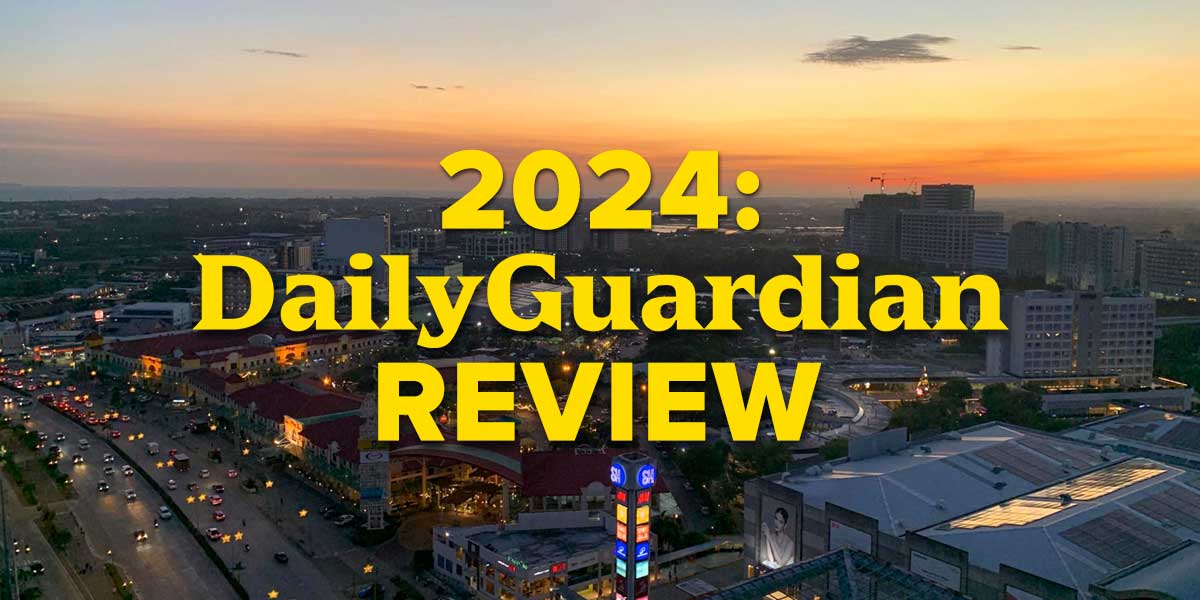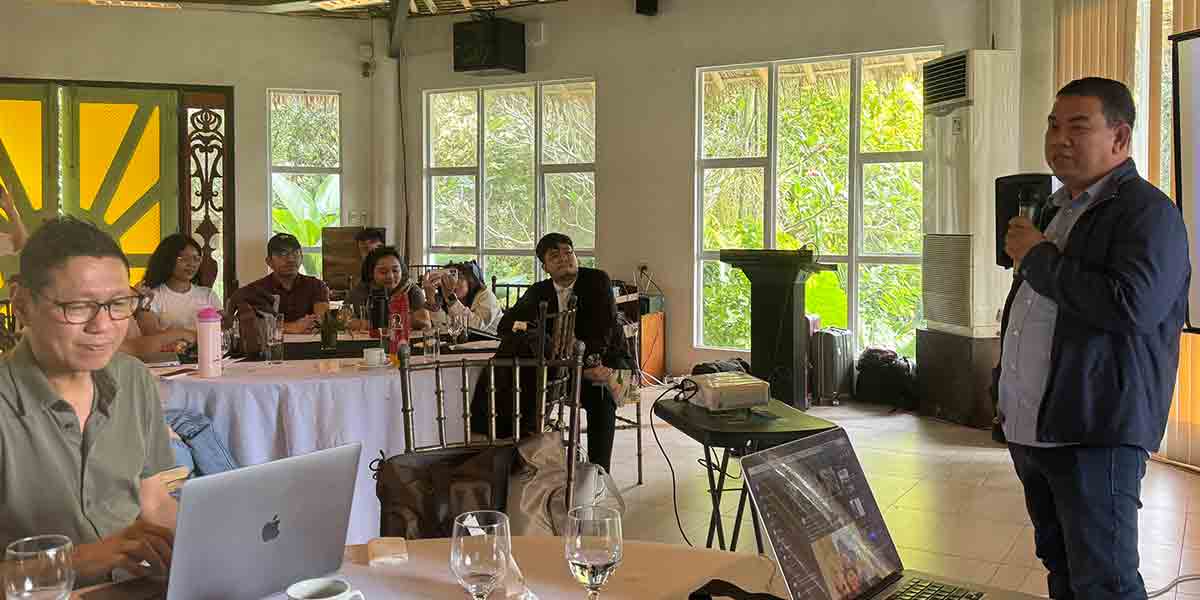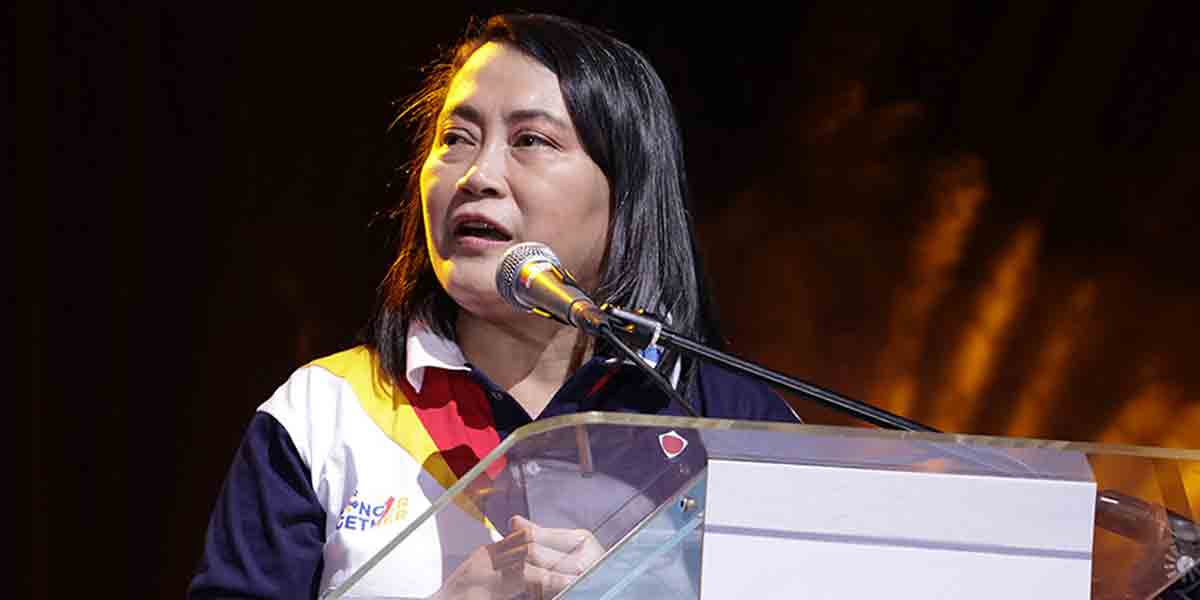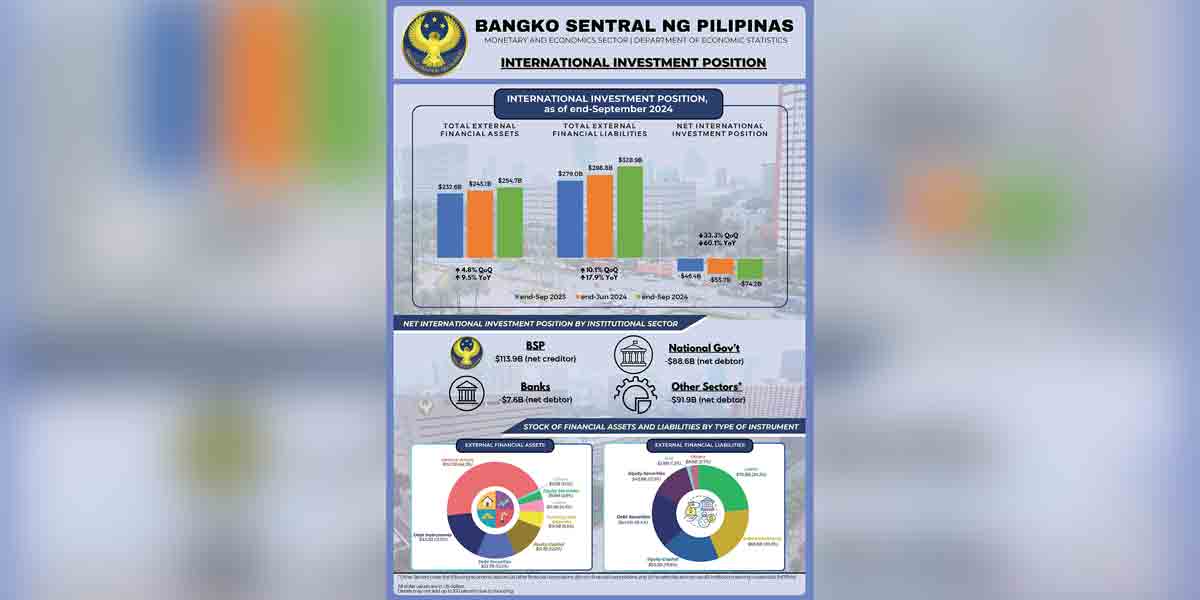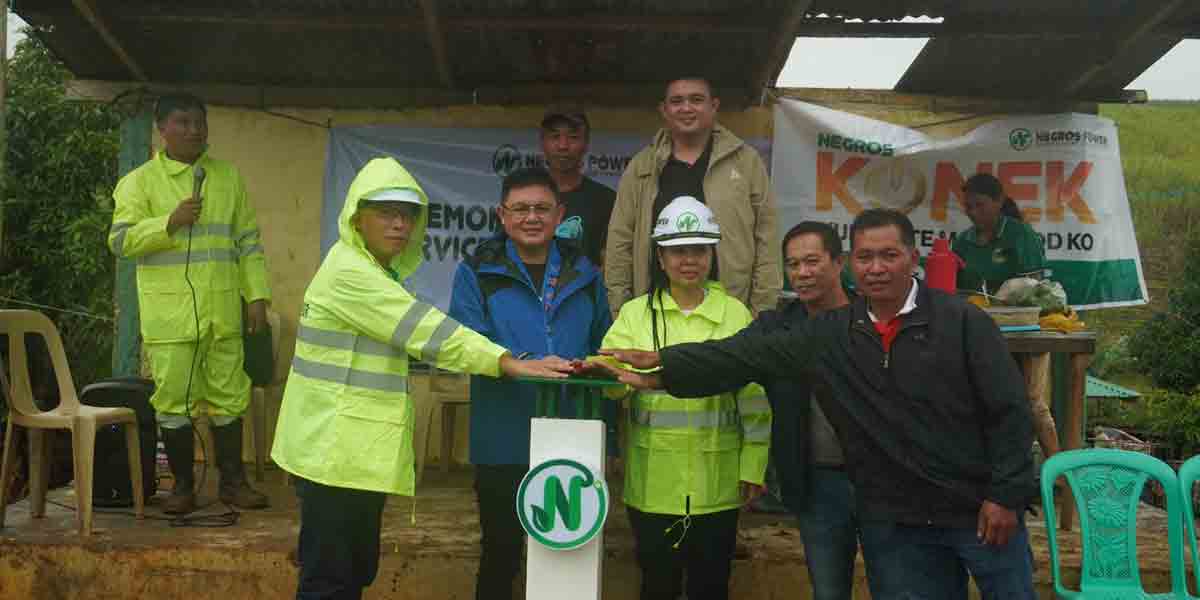By Noel Galon de Leon
While Oton’s Mobile Library initiative is both timely and commendable, it’s important to recognize that similar programs have long been implemented in various communities across the country. This prompts essential questions: How long is this project expected to run, and more critically, what steps are being taken to ensure its sustainability in the future?
As a reading advocate, I believe that while we should celebrate these efforts, we must also take a more critical approach in evaluating their long-term viability. Initiatives like this often gain immediate attention but run the risk of fizzling out without proper planning and ongoing support. Sustainability—both in terms of resources and community engagement—should be at the forefront of any such endeavor if we are to see real, lasting impact.
With that in mind, I would like to contribute to these conversations by offering insights into how this initiative can become more sustainable. There are also potential gaps that must be addressed to ensure that this program does not merely serve as a short-term solution but evolves into a long-term investment in the intellectual and personal growth of our communities, particularly for the children.
Here are some key questions that we should focus on and reflect upon:
On the issue of Sustainability. What mechanisms are in place to guarantee this program’s future? Are there concrete plans for securing ongoing funding, expanding community partnerships, or training volunteers to ensure that the initiative thrives beyond its initial phase? A project without a clear roadmap for sustainability is bound to falter once the initial enthusiasm fades.
On the issue of Reach and Impact. Mobile libraries are an effective tool in reaching underserved areas, but how do we measure their true impact? Are we assessing changes in reading habits, literacy levels, and overall community engagement? Without a robust system for tracking progress, the project risks becoming just another “feel-good” initiative that looks good online but fails to deliver lasting results.
On the issue of Inclusivity and Accessibility. Another critical issue is whether the resources and materials in the mobile library truly cater to the diverse needs of the community. Are there materials that address various learning disabilities or language barriers? The success of this initiative lies in its ability to ensure that every child, regardless of background or ability, has access to resources that will help them grow and learn.
At the outset, it’s essential to emphasize that the most critical element in ensuring this project’s sustainability and relevance is securing adequate funding from the LGU. This is not just a matter of placing a mobile shelf somewhere; it requires a fundamental shift in how we perceive public spaces for reading. The LGU must see this as an investment—a public service initiative that offers alternative reading opportunities. Relying solely on book donations, while commendable for fostering collaboration, cannot be the backbone of a serious initiative. The mobile library needs a proper budget to acquire books specifically curated for its intended audience. The involvement of the Vice Mayor and Mayor should signal a priority—yet what good is their endorsement if the books themselves are substandard?
For years, Kasingkasing Press has worked to educate the public on the value of buying books, pushing back against the culture of dependency on donations. I’ve always had reservations about book donations, and while I could expand on this in another piece, the crux of the issue is simple: donated books are often irrelevant or in poor condition. Many of these books do not engage children; worse, they arrive torn, defaced, and sometimes unusable.
This leads to a broader point: clarity of purpose is key. What is the ultimate objective of this mobile library? Initiatives like this should feature carefully curated collections. Space is limited in mobile libraries, and attempting to fill shelves with a random assortment of books dilutes the impact. It’s vital to revisit the core mission of the project and consider who the intended audience is. The notion that this library will somehow cater to everyone, para sa tanan, as some government agencies have suggested, is unrealistic. Without the political will to prioritize such initiatives, we cannot expect meaningful change.
Another critical consideration is the role of librarians. Organizers must collaborate with local librarians not only to select appropriate reading materials but also to organize related events that enrich the experience. A mobile library should be more than a repository for outdated books—it should offer resources that are genuinely valuable to its community. Personally, I’ve seen how overcrowded shelves with old magazines or poorly maintained books create an atmosphere of neglect. Such publications, rarely read, merely take up space and detract from the library’s potential impact. They should be avoided entirely.
Involving the youth in both the planning and execution of projects like these is crucial. Today’s youth offer fresh, creative ideas that are often more relevant and engaging to their peers. We must be mindful not to make reading a daunting or intimidating experience, especially for children. This can only happen if we involve young people directly, ensuring that they have a say in the process, for ultimately, they are the ones who stand to benefit most from these initiatives.
The very existence of a mobile library is a commentary on the state of our traditional libraries. One has to wonder why, despite having established libraries in Oton, there remains a need for this kind of initiative. The answer lies in the general decline of interest in physical libraries, which are often seen as outdated and overly formal spaces. With no new acquisitions, many libraries have become mere depositories for old books, rendering them irrelevant to young people who are hungry for new knowledge.
Finally, it’s essential for the organizers to recognize the potential of this project to serve as a repository for the works of local writers, particularly those from Oton and the greater Western Visayas region, including those writing in Hiligaynon and Kinaray-a. Empowering readers starts with celebrating and valuing local literature. By championing local authors, we cultivate a deeper respect for our own languages and cultures, making the mobile library not just a public service but a meaningful cultural statement.
These reflections are not meant to discourage but to empower the organizers. Their efforts are undoubtedly heading in the right direction. By fostering a love of reading in the younger generation, they are not just creating readers; they are shaping informed Ogtonganons and engaged Filipinos.
Noel Galon de Leon is a writer and educator at University of the Philippines Visayas, where he teaches in both the Division of Professional Education and U.P. High School in Iloilo. He serves as an Executive Council Member of the National Commission for Culture and the Arts-National Committee on Literary Arts.

